The growing e-waste mountain
It’s easy to think that the photos we take have little impact on the climate. But our online lives are far more destructive to the planet than you might think, says Gerry McGovern
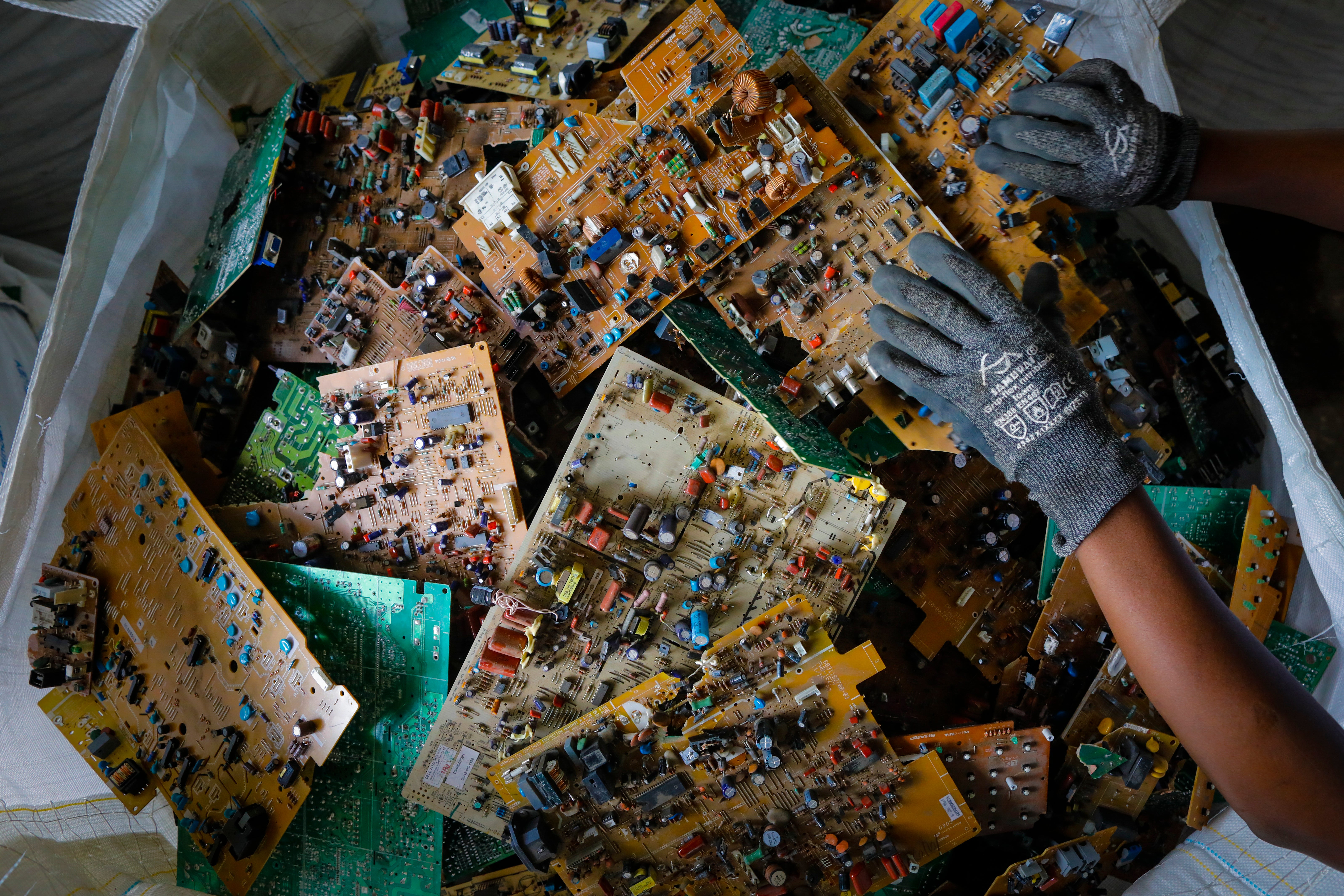
Half of the roughly 13 trillion photos taken since 1900 were shot in the past five years. In fact, more photos were taken in 2020 than in the entire 20th century. Digital is the great accelerator. Digital puts everything on speed: extraction, production, consumption, waste generation.
Digital is physical. Data consumes electricity. Data creates CO2. The cloud is on the ground. Digital profits from waste. Electronic waste or e-waste (old phones, computers, screens, etc) is piling up in mountains.
Fifty-million tons of e-waste was dumped in 2020. That figure had more than doubled since 2000 and will more than double again by 2050. Fifty-million tons is the equivalent of dumping 1,000 laptops every second. Less than 20 per cent of e-waste is recycled. Much of the e-waste from the global north is dumped in the global south or in eastern Europe, where it poisons the ground, the earth, the water table. Some of it is burned by children, burning their lungs as they “mine” it for precious metals. Many of these precious metals were originally mined in the very same countries where they are now being dumped as e-waste. The original mining, with low or non-existent environmental standards, also often involved children. And thus the global north can smugly say it is reducing its CO2 footprint by outsourcing it to the global south. Digital is dirty.
E-waste is a particularly virulent and hazardous waste. While it only makes up 2 per cent of the rubbish in landfills, it accounts for 70 per cent of toxic waste. Electronics are particularly energy intensive to manufacture. When you receive your shiny new iPhone, about 60kg of CO2 has already been emitted. At about 5kg of CO2 per year of use, you would need to use it for 12 years to create the same quantity of pollution. Your laptop is responsible for about 300kg of CO2 during manufacture. According to the UK Green Alliance we should keep laptops for about 20 years to sustainably account for their CO2 emissions, a far cry from the 4.5-year average lifespan of a laptop. And recycling. Greenwashing. Less than 20 per cent of e-waste is recycled. And some of the “recycling” involves those poor children inhaling global north fumes as they burn and smelt e-waste in search of precious materials.
Sitting on top of these gargantuan mountains of e-waste is Big Tech, who have discovered that there’s no better way to maximise short-term profits than to maximise waste. Planned obsolescence is written into the DNA of Big Tech, as they deliberately create gadgets designed to fail in the shortest possible time. Software updates push products towards obsolescence. Custom screws and glues make phones almost unopenable. Parts are welded together so that if something small breaks you have to throw the whole thing away. This is deliberate. And Big Tech fights ferociously to obstruct and derail the Right to Repair movement currently sweeping the world. Digital is greedy.
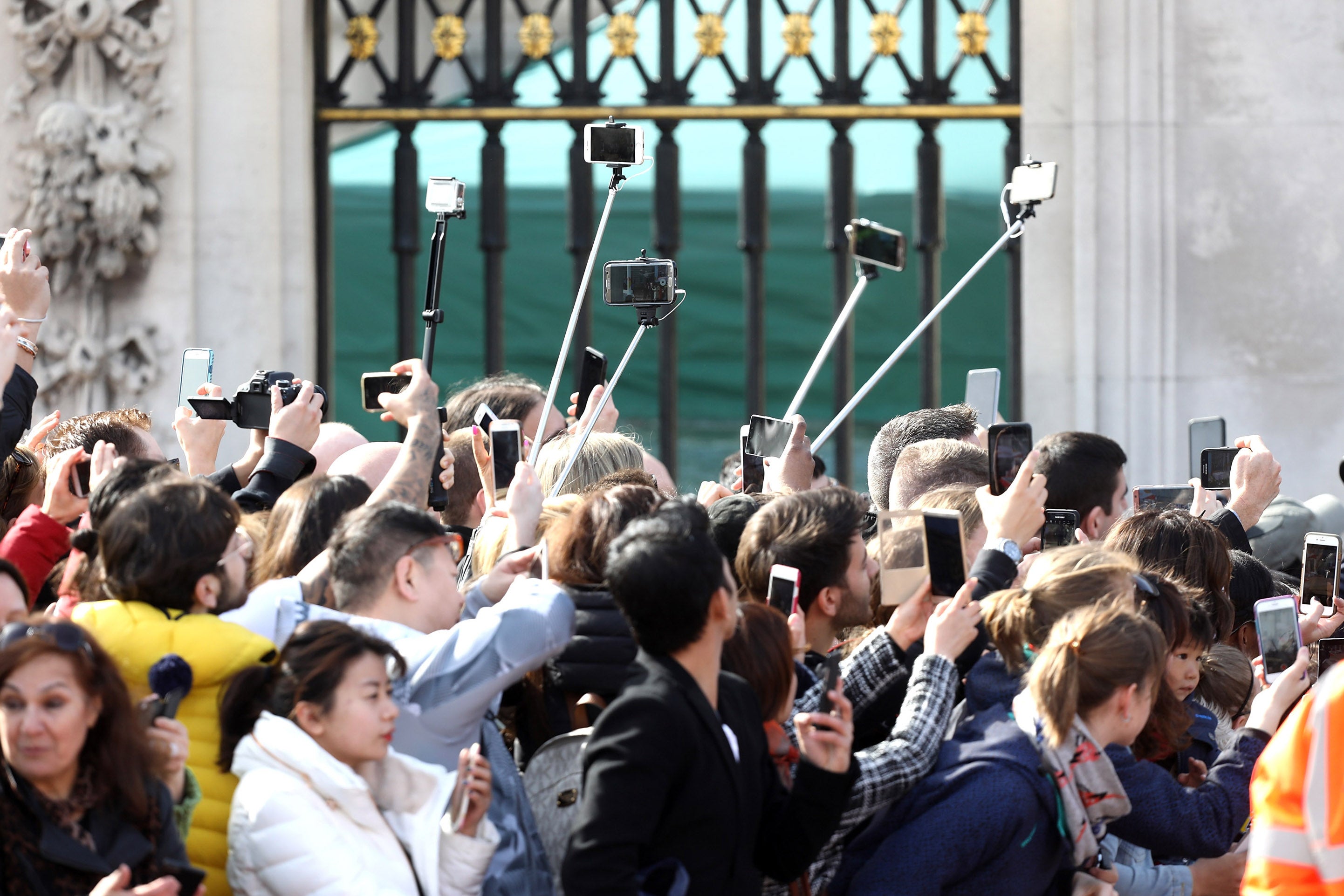
“View from the Window at Le Gras” is reputed to be one of the first camera photographs, taken in either in 1826 or 1827. By 1900, there were about 1 million photos taken every year. By 2000, a total of slightly over 1 trillion photos had been taken. We took more photos in 2020 than we took in the entire 20th century. We are now taking about 1.4 trillion photos (and growing) every year, mainly on one of the 15 billion smartphones that have been sold since 2007.
All of this frenzied photo-taking has consequences. It creates CO2. It creates waste. How much? There are four areas we need to focus on to understand the total CO2 and waste impact of a digital photo: creation, transfer, viewing and storage.
To understand the true CO2 and waste impact of digital you must first understand the digital device, because it is within the device that most of the waste and CO2 resides. So, if you take one message from this article it is: hold on to your device! The longer you hold on to your smartphone or laptop, the less damage digital does to the environment.
At 60kg of CO2 per device, the manufacturing CO2 of the 15 billion smartphones sold since 2007 is about 900 million tons. Which is about as much CO2 as went into the atmosphere during the recent Australian wildfires, or as much CO2 as the global airline industry creates on a yearly basis. Some would say: “That’s okay. It’s not as bad as flying.”
That logic reminds me of an alcoholic I once knew who proudly told me that he only drank beer. “I never touch the shorts,” he said. “They’re a killer.” And have you ever wondered how the web has accelerated the purchase of cheap flights and holiday rentals? With digital, the bad habits pile up on top of each other. We fly far more than we used to, to take digital photos that many of us probably never look at again.
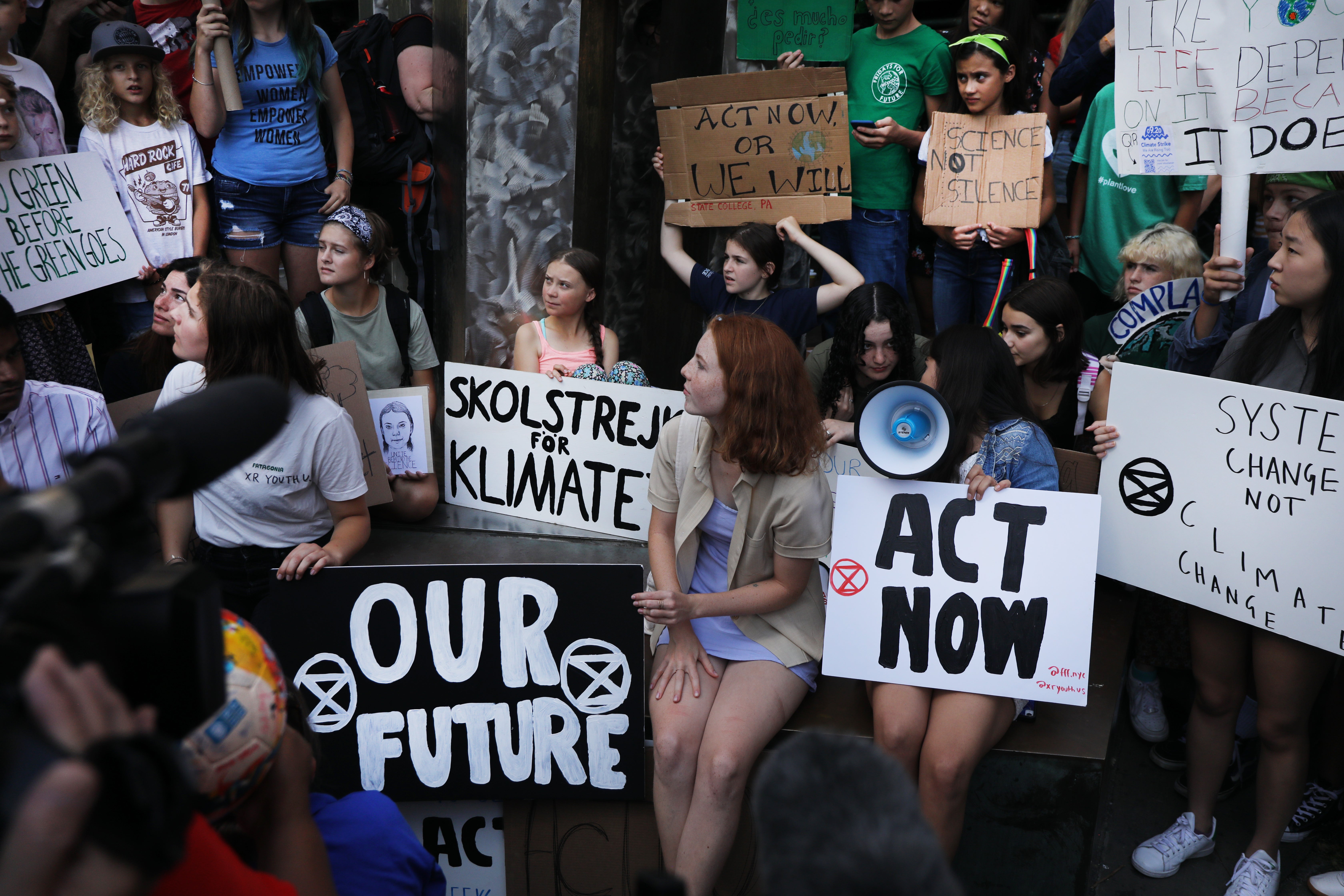
To calculate the total CO2 of digital devices we need to understand:
1. Wattage: allows you to calculate how much energy a device consumes during use.
2. Average hours used per day, average asleep, average days used per year.
3. The amount of CO2 caused per hour of electricity created. This figure will vary from country to country depending on the renewable electricity mix.
4. The CO2 created during the manufacturing and distribution of the device.
5. The number of years the device is used for.
6. Whether the device is recycled or not.
My numbers are only estimates but they do allow us a reasonable chance to calculate the total CO2 impact of a device. According to my calculations, using a smartphone for one hour has a total CO2 footprint of 15g (manufacturing, distribution, use, disposal / recycling). For a laptop it would be about 100g, for a desktop about 200. The numbers are based on global average CO2 to kWh rates, and on a three-year life for the devices. (If the device was kept for 10 years, then it would be about 5g for a smartphone, 50g for a laptop and 150 for a desktop.)
Let’s say it takes an average of 15 seconds to take a photo on a smartphone. Based on my calculations that means that taking one photo creates about 0.07g of CO2. Almost nothing. The most dangerous cost of all is the cost close to nothing. Because this sort of cost seems so trivial that it becomes invisible. In the first two decades of this century there have been about 12 trillion “almost nothing” photos taken. When you add all those almost nothings up you get about 800,000 tons of CO2. Just to take the photos. That’s a lot of invisible gas.
Once taken, photos have a weight. Depending on the format and the degree of compression, a photo can weigh anything from a couple hundred kilobytes to more than 30 megabytes. Weight is mostly influenced by resolution (size in pixels). For example, there follow weights for the same image at different resolutions:
- 1X: 1 MB
- 2X: 4 MB
- 3X: 9 MB
- 4X: 16 MB
- 8X: 64 MB
(For a 24-bit BMP file, at 1X 700x500px = 1MB; 2X means that we multiply both edges so the file would be 1400x1000px, and that's 4MB.)
As resolution doubles, weight more than doubles. The same image that weighs 1MB at 1X resolution weighs 64MB at 8X resolution. As technology has advanced, so too has the weight of photos. So we’re taking far more and far heavier photos. The funny and tragic thing is that the human eye looking at a 2X or an 8X image on a smartphone or laptop cannot discern any real difference. The Earth sees and feels the difference, though. All that is invisible to us is visible in the weight, the waste and the CO2.

It takes about 0.015kWh of electricity to transfer one gigabyte of data using a fixed line. Almost nothing. It is important to stress the phrase “fixed line” here. What many people aren’t aware of is that the way we transfer data has a major impact on the amount of energy used and thus pollution caused. A German study found that streaming one hour of video using a fixed-line fibre optic cable created 2g of CO2, while doing the same using 3G created 90g. (There are conflicting accounts about 5G. Many believe, though, that it will have huge overall energy demands.) Wifi is about twice as inefficient as fibre, but still clearly much better than any of the Gs. So, if you’re transferring data (particularly large quantities) and if you can’t use a wire, make sure you use wifi.
According to photo organising and management application Mylio, by 2020 there were 7.4 trillion photos stored. Of all digital photos taken, about 90 per cent are taken on smartphones and 10 per cent using digital cameras. The average weight of a smartphone image is probably around 2MB, with a digital camera image being much heavier, probably around 20MB. Assuming an overall average weight of 3MB per image, storing 7.4 trillion photos creates 22 billion gigabytes of data. Transferring these gigabytes to the cloud using wifi would cause about 300,000 tons of CO2. (If transferred by 3G, it would cause almost 7 million tons!) Not nothing.
Let’s assume that half of the 7.4 billion photos stored in the cloud get viewed on average once in their lifetime, and let’s assume the viewing takes on average 15 seconds on a smartphone. That’s 3.7 trillion photos taking up about 15 billion viewing hours, causing another 240,000 tons of CO2. (If they were viewed on a laptop, the CO2 would jump to 1.5 million tons.)
Now we need to store these things: 7.4 billion photos weighing 22 billion gigabytes stored for a year can cause a total CO2 impact of about 500,000 tons. That’s for one year. If you store them for 10 years, that’s 5 million tons. And who’s deleting? Adding all these numbers together you get millions of tons of CO2 caused by taking and storing photos, and much of this CO2 impact is recurring.
Of the 12 trillion photos taken since 2000, how many of them are any good? If you took 12 trillion photos of humanity then you’d be able to take 1,500 different photos of every child, woman and man on this planet. How many of the trillions are any good? How many are out of focus, duplicates or almost duplicates, badly shot, impulsively taken? How many are never looked at again. And when you have 12 trillion photos how on Earth do you find the good ones? The ones that have beauty and emotional meaning?
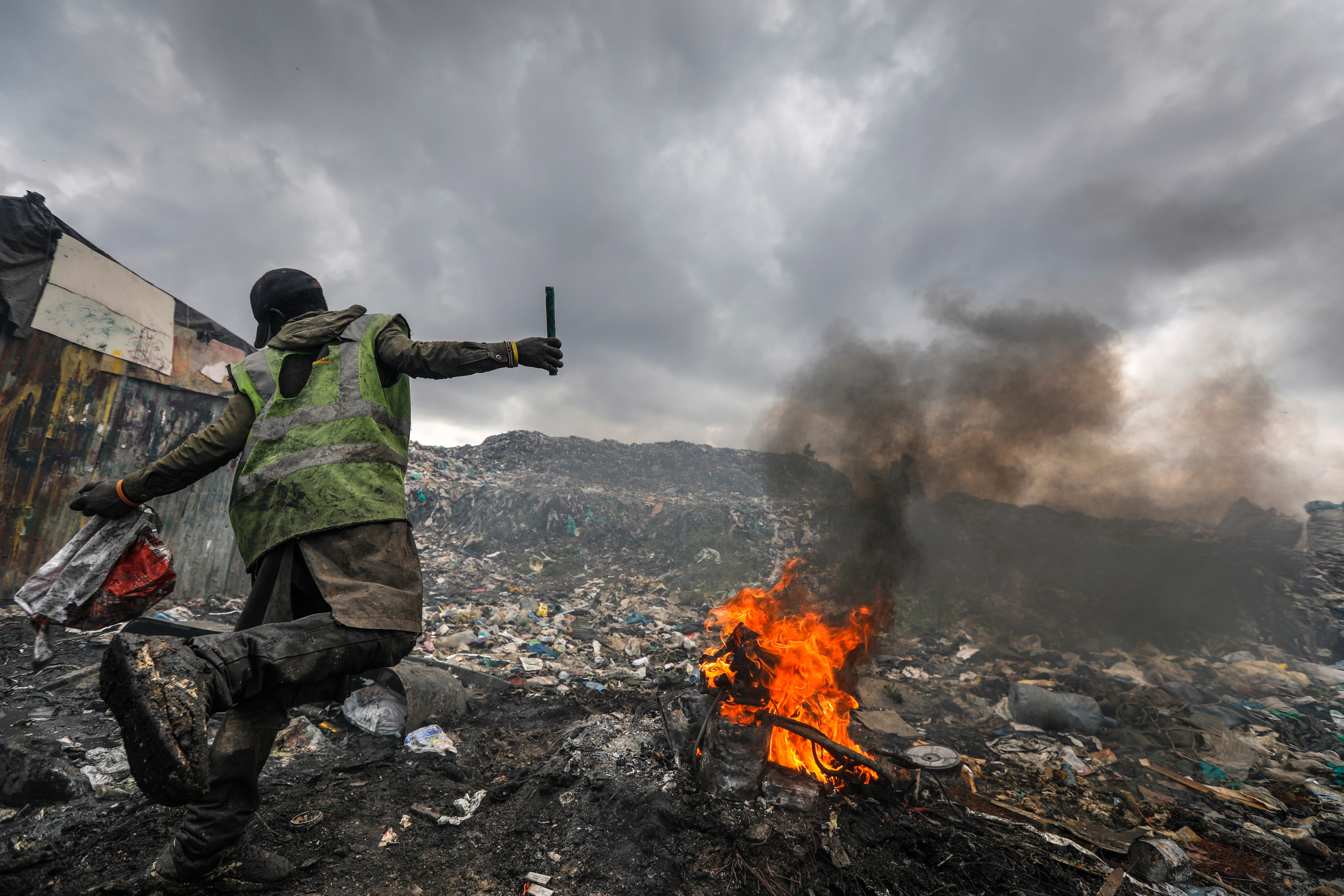
A friend of mine told me that he had taken so many photos, he’d given up on even the idea of organising them. It reminded me of conversations I had with a manager of an intranet. I had met her first around the launch of the intranet and she was quite worried it was already getting too big to manage. I met her 18 months later. The intranet had grown enormously but she wasn’t worried anymore. She had gone with the tsunami flow, given up on the very idea that intranet content was manageable, organisable or classifiable. She was just concentrated now on training staff to publish more stuff, and publishing stuff she was given to publish. She had become a put-it-upper.
The technologies that emerged after the Second World War are the prime cause of the climate crisis. However, it was not until the Seventies that human-tech climate destruction went into hyperdrive. It’s no surprise that during that decade the digital revolution too went into hyperdrive growth.
Yet if we listen to the tech gurus, it is digital that’s going to save us. “Half of emissions cuts will come from future tech,” John Kerry, the United States special presidential envoy for climate, recently claimed. That delusional quote reminded me of a cover story from Wired magazine in 1997. “We’re facing 25 years of prosperity, freedom, and a better environment for the whole world,” it read. “You got a problem with that?” So, girls and boys, should we celebrate in 2022 those golden 25 years that tech delivered us of prosperity, freedom and a better environment?
Kerry’s quote also reminded me of a conversation I had with a UK senior civil servant at the start of the Noughties. There was an “everything must go online now” government initiative raging and government departments were dutifully pumping out the content and the websites. I was asking him: why the mad rush to create so much rubbish content and so many rubbish websites that nobody had any hope of maintaining? “There are two responses within government to technology,” he told me. “One is the urge to scramble under the table for fear of news of yet another costly IT overrun or disastrous implementation. The other is to look starry-eyed at the tech magician selling wondrous tech and to run headless into the future.”
I’m no technophobe. I was a fanboy of Wired in the Nineties. Every month, I walked into town to get my copy and I read it cover to cover. In 1996, I published a report for the Irish government entitled, “Ireland: the digital age, the internet”. In the same year, the European Union gave Nua, a company I co-founded, the Best Overall Business Achievement Award for internet innovation at a snazzy ceremony in Paris.
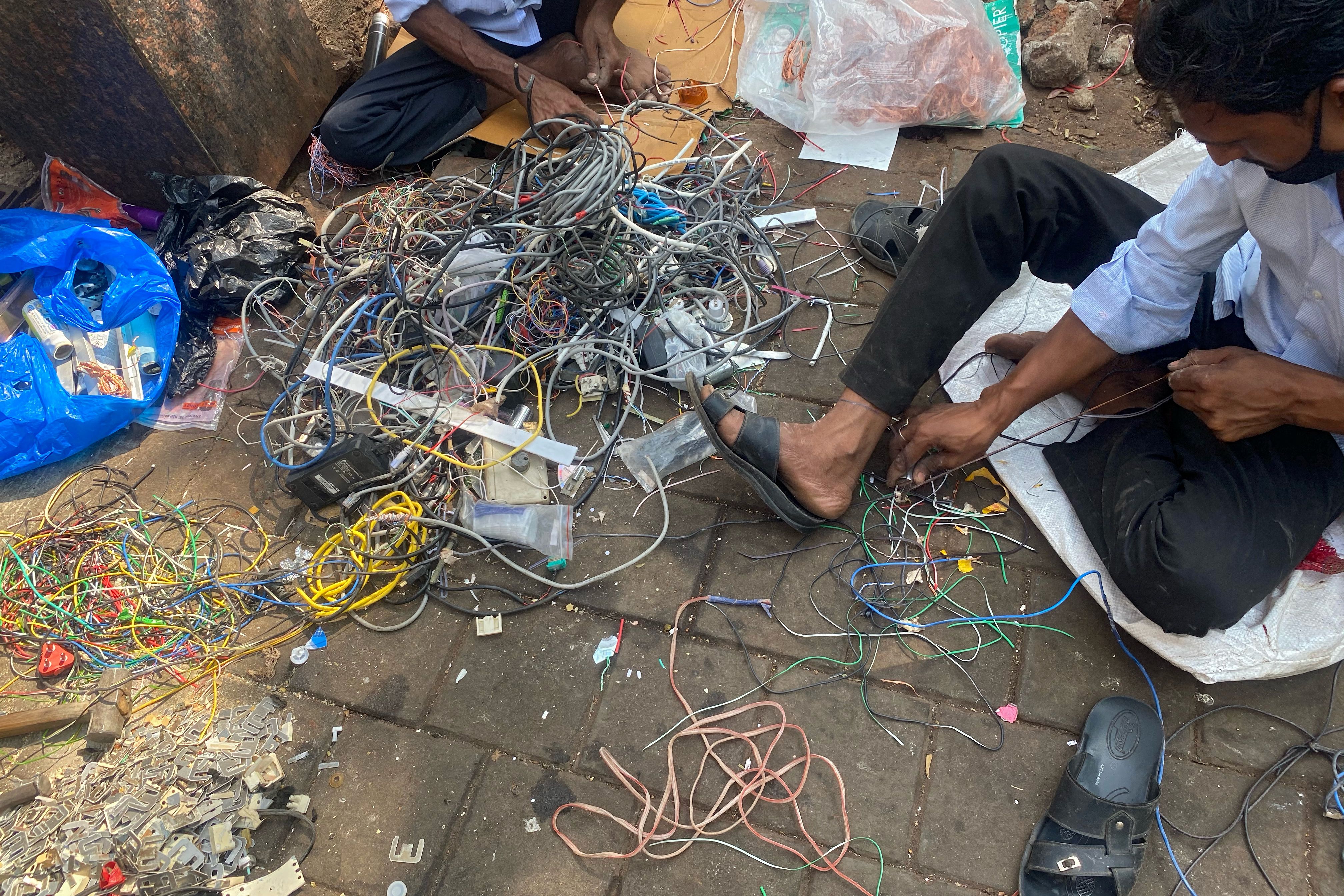
Over the years, I have been lucky to work with a wide range of organisations, many of them in the technology sector. I have been designing and developing websites since 1995. In 1997, I helped design a primitive search engine, and in 1998, a social media platform. We had a dot com company that was valued at $250m by Wall Street’s finest financiers and 18 months later went bust. I’ve been there.
I grew up on a small farm with horse-drawn machinery. I know what it’s like to live without modern technology. I didn’t like it one bit. I don’t want to return to the back-breaking work of turning a field of hay with a fork. However, I’m tired of the magic tricks, tired of the massive and relentless overpromising and underdelivering that the tech industry has become so practised at. Tired of the all-consuming waste upon which the tech industry is built. We desperately need politicians and senior managers who are not afraid to challenge tech hype.
I should have become aware of the darker side of tech much earlier in my career. Because in practically every tech project I was involved with there was a culture of wanton waste, a blind belief in cheap, almost limitless energy, limitless space. Ninety per cent of the content, 90 per cent of the data, 90 per cent of the technologies I came across were either wasteful or just pure waste. A folder with hundreds of sales PowerPoints, nearly all of them out of date. The same content duplicated in multiple places throughout the organisation. Discussion forums like ghost towns. Oceans of project folders with no owners. Piles of ancient press releases made the search engine almost unusable. So many different training systems that nobody knew where to go to learn something for their job. Everybody publishing. Nobody maintaining anything. And senior management not caring, not interested.
Intranets were digital junkyards back in 1997 and most of the ones I come across in 2021 are still junkyards. Much enterprise software is comparable to medieval torture instruments, with woeful, anti-usability design. What I saw, what I initially ignored, but what I could not ultimately continue to ignore, was the relentless output of bad design, e-waste, data waste and inefficiency that resulted from technology implementations.
Still, a few years ago, as I watched Greta Thunberg and the millions of other young people mobilise for the environment, I felt smug. I admired their passion, and I thought about how lucky I was to be working in “green” digital instead of “dirty” physical. I still had an unquestioning faith in tech. I decided, though, to see if maybe there was something I could do in digital to help save the environment. Thus began a journey of research, thinking, discussions, and with each new piece of information, a growing unease.
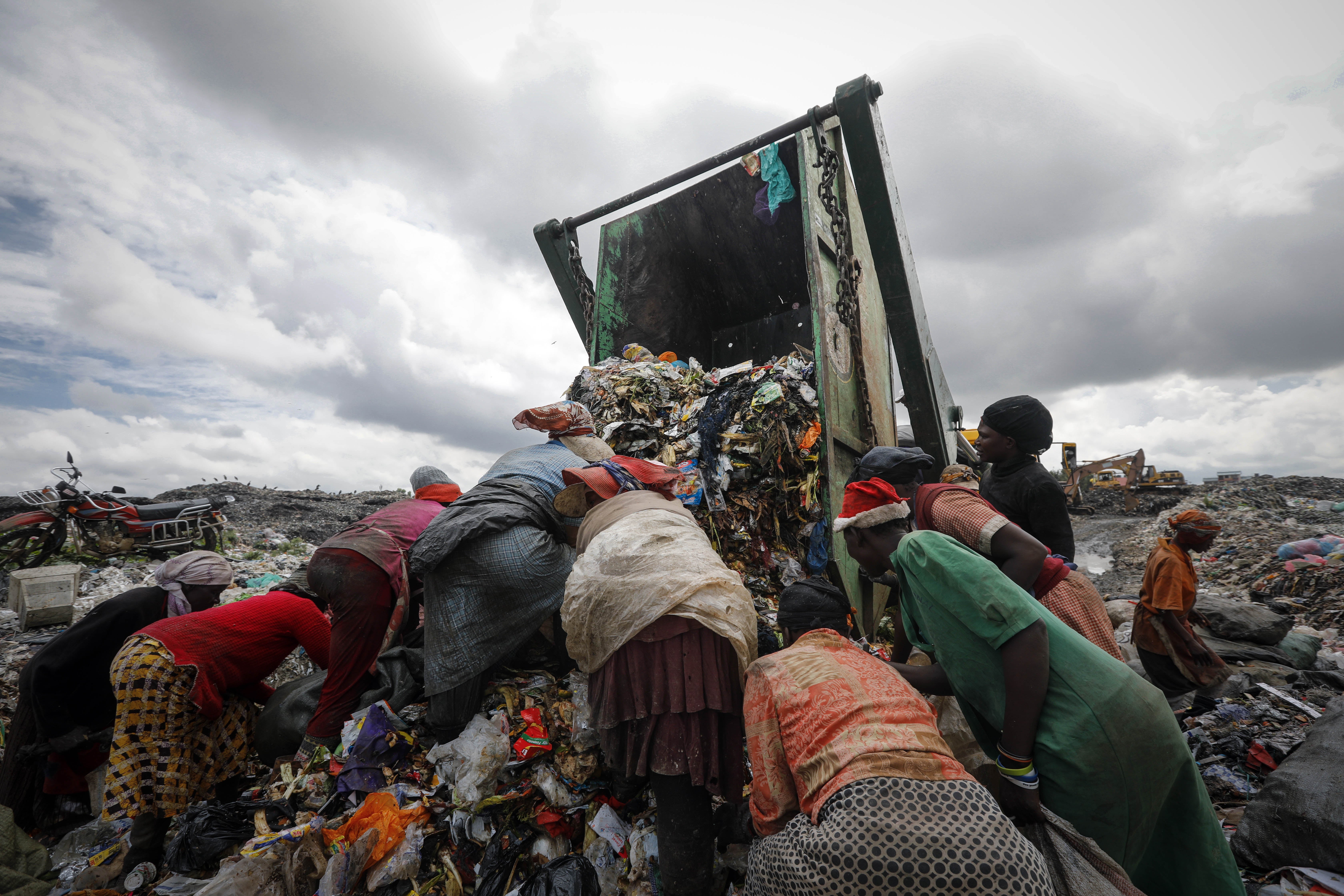
We are now in the era of zettabytes. A megabyte is a lot of stuff. They landed people on the moon with megabytes. A gigabyte is 1,000 megabytes. A zettabyte is one trillion gigabytes. Yes, one TRILLION. I calculated how many trees would need to be cut down in order get enough paper to print out a zettabyte’s worth of data. About 20 trillion. Which would be hard to do because even if we cut down every single tree on the planet we’d still only have paper from 3.5 trillion trees. That’s just one zettabyte. By 2020, we had created about 50 zettabytes. By 2035, it’s estimated we’ll have over 2,000. Do you know how much it would cost to buy the disks to store 2,000 zettabytes? About $59 trillion, which, considering the global economy is worth about $90 trillion, is a lot of money.
Don’t worry, the tech evangelists say. The technology to solve this problem hasn’t even been invented yet. Silicon Valley and Las Vegas have a lot in common. One gambles on the future with plastic chips. The other gambles on the future with silicon chips. “Moore’s Law,” the tech gambler whispers nonchalantly if anyone even dares challenge the mythical power of tech to endlessly keep growing without consequences. Moore’s Law predicts that every couple of years computing power roughly doubles. This resulted in a lot of cheap processing power. What they don’t tell you is that Moore’s Law is a historical trend, not a law of physics. Moore’s Law is finally meeting the laws of physics and is now slowing down and that will have all sorts of implications as the zettabytes bloom.
Cheap and getting-cheaper storage has been another pillar of the digital revolution. In 1956, the IBM 350 storage disk drive was the size of a large wardrobe and stored about 3.75MB of data. You could rent it for $3,200 per month. In 1967, a 1MB hard drive cost about $1m. Today, you can buy a megabyte of storage for a fraction of a penny or cent. But the fantastically reducing costs of storage have started levelling off too. And the implications are enormous as the zettabytes bloom.
The growth of data will “reach a singularity point when there are more digital bits created than atoms on the planet”, Dr Melvin M Vopson, lecturer in physics at the University of Portsmouth, states. “At the same time, the digital information production alone will consume most of the planetary power capacity.” This is not science fiction. Data, as crazy as it might sound, is turning the planet into data. Uncontrolled data growth will stress the planet’s environment just as much as burning fossil fuels currently is.
While technology apologists constantly spin the news about green tech and energy-saving tech, the reality is that many of the major tech developments in recent years have been energy gluttons. Artificial intelligence has a savage and growing appetite for energy and data. Up until 2012, the amount of computing power required to train and feed an AI model roughly doubled every two years. Then it started doubling every three to four months. The energy efficiency of AI models, on the other hand, is in severe decline. AI researchers are throwing power at the problem. They’re behaving like drunks at a free bar, as if there’s limitless energy and they can consume as much as they want.
Cryptocurrencies such as Bitcoin are a scourge and scam on the Earth. It creates more CO2 to mine a dollar’s worth of Bitcoin than to mine a dollar’s worth of gold. It’s getting worse. The DNA of Bitcoin is based on an ever-escalating consumption of energy. Chia, a new cryptocurrency just launched, consumes hard disk space and spews out e-waste at a frenetic pace.
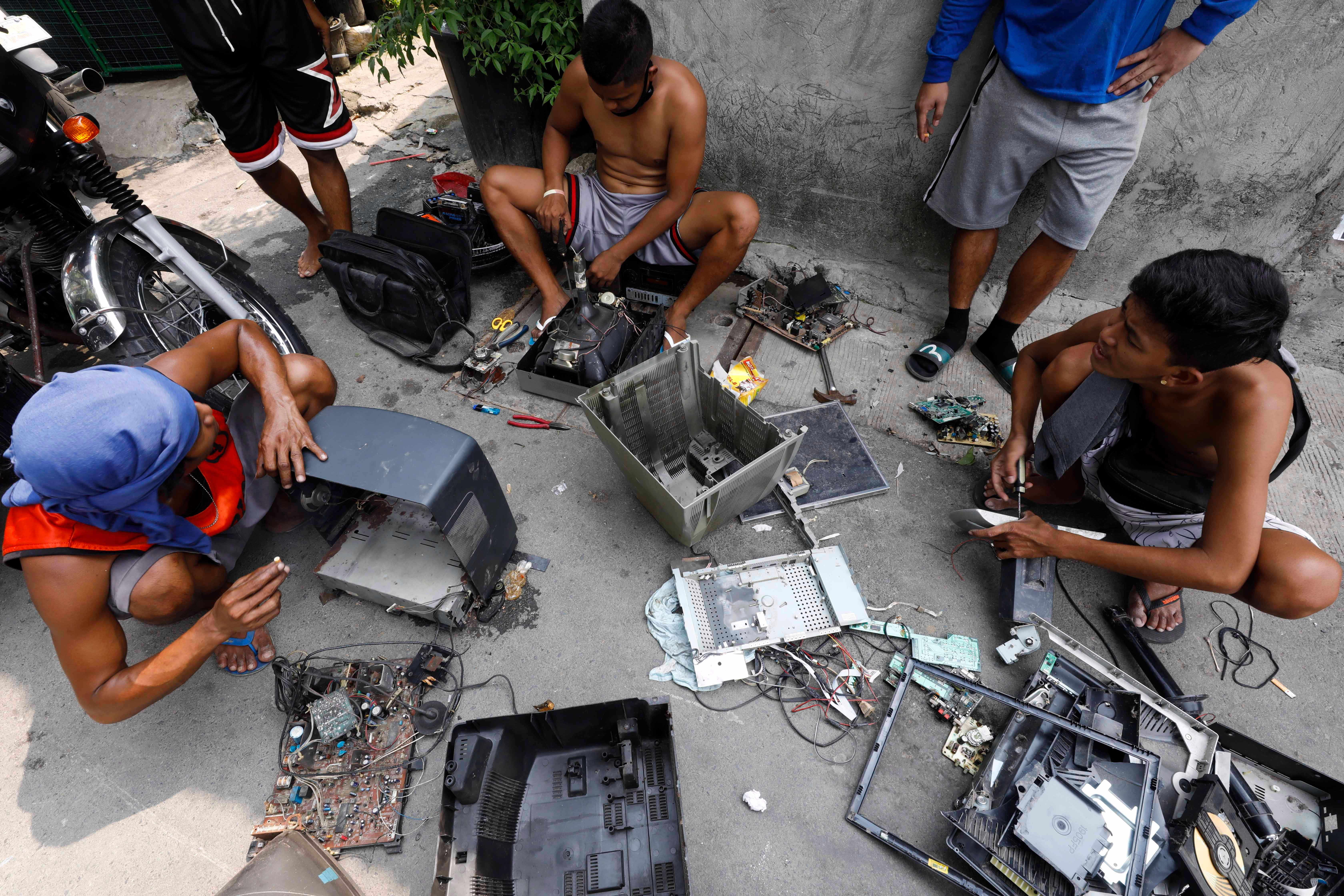
A preliminary study by Dr Ir Striekwold and Dr Ir Wang shows that the assumption, often even expressed as a fact, that vehicle automation contributes to a better environment by reducing CO2 emissions might not be true. On the contrary, the impact of data exchange and storage might even lead to a considerable increase in CO2 emissions. There are many factors involved which may influence this impact in the future, in both positive and negative ways. For further research, transparency and critical minds are badly needed.
I don’t hate technology. I just don’t love it as much as I used to. Technology will not solve the climate crisis. The unquestioned use of it may in fact make problems much worse, much faster. Human thinking is more important than AI. Human collaboration is more important than software. Walking and cycling are more important than electric or self-driving cars.
We weren’t always such a monumentally wasteful and destructive species. For millions of years we lived with a light, sustainable footprint. The arrogant, self-centred, wasteful human is just a couple of hundred years old. By 1919, only 5 per cent of the total CO2 that humans have been responsible for had been pumped into the atmosphere. Fifty per cent of our total CO2 impact has happened since 1995. Our recent behaviour is not sustainable on any planet, although Musk and Bezos will try and sell you a ticket on the last bus to Mars.
We take too many photos. We take too much of everything. We don’t even use most of what we take. What we do use is used briefly then dumped as we chase the latest shiny object. In the blink of an eye, we have become a monumentally wasteful species. If aliens are looking down on humans right now, what word would they use to describe us? Filthy.
We are wasting the planet to create waste to chase the next tech fix. This is our legacy. This is how we will be remembered in history (if there is a history). Unless we change now. There are some positive signs. But the secrets to success are not to be found in the latest magical technologies. The secrets are to be found inside us, and between us and with us. And by us I mean all life forms on this planet. It’ll need to be a collaborative effort. Human-centricity got us into this mess. Earth-centricity will get us out of it.
Technology has a role.
We have a much bigger role.
Gerry McGovern is the author of ‘World Wide Waste’, published by Silver Beach.
Join our commenting forum
Join thought-provoking conversations, follow other Independent readers and see their replies
Comments